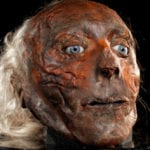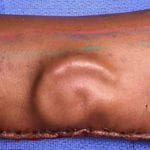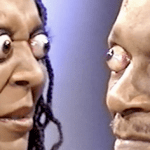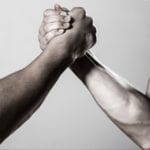 Weird Stuff
Weird Stuff  Weird Stuff
Weird Stuff  Mysteries
Mysteries 10 Tragic Disappearances and Deaths in Joshua Tree National Park
 History
History 10 Ways Childhood Really Sucked in the Old West
 Music
Music 10 Name Origins of Famous Bands from the 1990s
 Religion
Religion 10 Biggest Turnarounds by the Catholic Church
 Weird Stuff
Weird Stuff 10 Unbelievable Times Laws Had Unintended Consequences
 Humans
Humans Ten Historic Women Who Deserve Way More Credit Than They Got
 Movies and TV
Movies and TV 10 Films That Spawned Major Lawsuits
 History
History Ten Times Towns Were Wiped Off the Face of the Earth
 Creepy
Creepy 10 of the Most Disturbingly Haunted Public Houses in the UK
 Weird Stuff
Weird Stuff 10 Niche Subcultures That Are More Popular Than You Might Think
 Mysteries
Mysteries 10 Tragic Disappearances and Deaths in Joshua Tree National Park
 History
History 10 Ways Childhood Really Sucked in the Old West
Who's Behind Listverse?

Jamie Frater
Head Editor
Jamie founded Listverse due to an insatiable desire to share fascinating, obscure, and bizarre facts. He has been a guest speaker on numerous national radio and television stations and is a five time published author.
More About Us Music
Music 10 Name Origins of Famous Bands from the 1990s
 Religion
Religion 10 Biggest Turnarounds by the Catholic Church
 Weird Stuff
Weird Stuff 10 Unbelievable Times Laws Had Unintended Consequences
 Humans
Humans Ten Historic Women Who Deserve Way More Credit Than They Got
 Movies and TV
Movies and TV 10 Films That Spawned Major Lawsuits
 History
History Ten Times Towns Were Wiped Off the Face of the Earth
 Creepy
Creepy 10 of the Most Disturbingly Haunted Public Houses in the UK
10 Products Made From Human Body Parts And Secretions
Some of us will carefully check the labels on most of the products we use, scrutinizing them to see if we can find some suspicious ingredients listed. The rest of us do not care and just use these products anyway. But how would you feel if you discovered that your food or body lotion contained human body parts?
Sure, you would cringe. Well! It used to be the norm a few centuries ago—at a time when products did not have ingredient labels. Many people unwittingly turned cannibal after ingesting food items made from human remains. Others just used regular products that contained human remains without being aware of it.
More products containing human secretions and body parts are still being developed today. But fear not! You will probably not be ingesting food made from human body parts without knowing about it.
10 Paint

Mummy brown was a thing a few centuries ago. Also called mommia and momie, it was actually the name of a brown paint used by artists. As you should have guessed, the paint was made from Egyptian mummies. Manufacturers created it by grinding mummies into powder and mixing them with some other stuff.
Mummy brown first appeared in the 16th century and quickly became a favorite of artists, who used it in their paintings as if it were just another paint. Interestingly, some manufacturers also made it from any corpse that had mummified enough. French artist Martin Drolling even used mummy brown made from dead French kings.
The use of mummy brown declined in the 20th century when most artists discovered its origin. However, it only went “extinct” in 1964 after manufacturers could not get fresh supplies of mummies to make the paint.[1]
9 Medicine
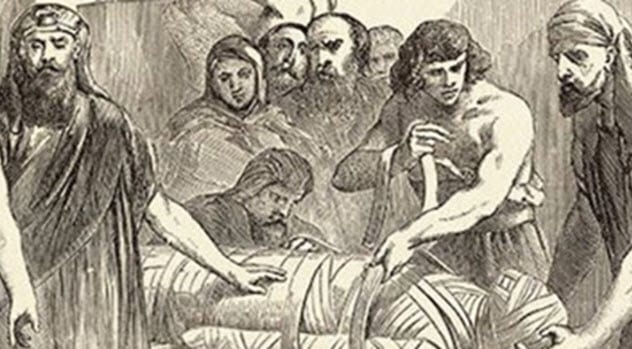
A few centuries ago, many Europeans turned into unwitting cannibals after consuming medicines made with the bones, blood, and fats of living and dead people.
People of the day believed that these medicines cured a wide range of ailments. Skulls were ground into powder to make medicine for almost every problem with the head. Usnea, a moss that often appeared on buried human skulls, was used to stop nosebleeds and cure epilepsy.
Body fat was applied to the skin to cure medical problems like gout. Bandages were also soaked in fat before they were used to cover wounds. Egyptians mummies were not spared, either. They were ground into powder to produce a medicine that supposedly cured internal bleeding.
People without any medical issues also used the medicines due to the erroneous belief that the healthiness of the dead could be passed to them. One such believer was the English King Charles II, who drank a mixture of ground human skull and alcohol to maintain his health. The drink was called “the king’s drops.”
Fresh blood from a living person was also added to cooked food or just drunk to remain healthy. Many poor people who could not afford a living human’s blood often attended public executions with cups to siphon fresh blood from the executed person.
The act of using human body parts as medicine reached its height between the 16th and 17th centuries and started to die down in the 18th century. It had disappeared by the 20th century.[2]
8 Diamonds
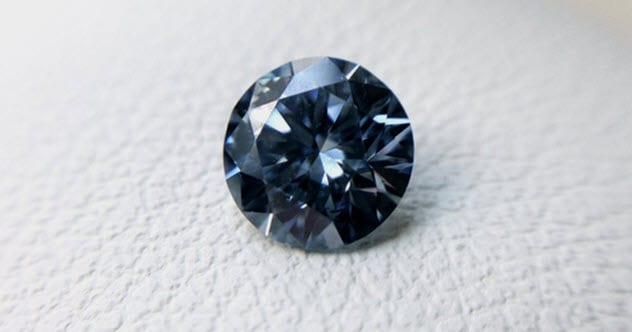
Within the last few years, several businesses have sprung up, offering to turn the cremated remains of our dead relatives and animals into diamonds—or as they prefer to call them, “memorial diamonds.” The process works because diamond is made of carbon, which is the second-most plentiful element in our bodies.
The process begins with the cremation. The human body produces several pounds of ashes after cremation. However, this is often filled with impurities, which are removed when the ash is cleaned with acid.
The carbon is 99 percent pure at this point but still contains around 1 percent of a few other elements like boron. That boron is often left alone because it has nearly identical properties to carbon, which makes them difficult to separate. However, the boron content makes the diamond blue. The more boron, the bluer it is.
Interestingly, diamonds made from people who underwent chemotherapy while alive are often lighter than diamonds made from people who did not. This occurs because chemotherapy often reduces the boron content of the body.[3]
7 Food
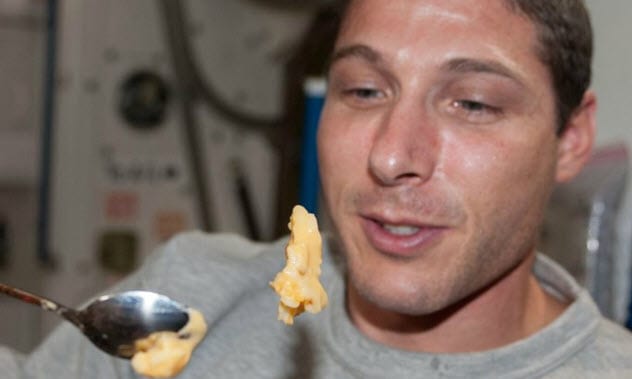
Scientists at Pennsylvania State University are already working on converting our poop and urine to food. This diet is not intended for regular people but for astronauts, especially those who will travel on long-term space voyages to, say, Mars.
The scientists made the food by anaerobic digestion, a process in which microbes break down waste without using oxygen. In this instance, a first group of microbes is added to poop and urine to produce methane. That methane is then fed to a second group of microbes.
The result is a consumable substance that contains 52 percent protein and 36 percent fats. The diet is free of diseases because the microbes work so quickly that dangerous pathogens do not have time to form. The invention has not been released yet because the scientists are still working on it.[4]
6 Lampshade
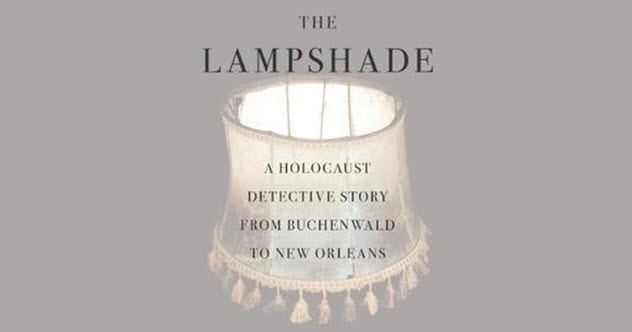
In 2005, Hurricane Katrina ravaged New Orleans. While most people went back to salvage whatever was left of their homes after the disaster, others like Raymond Henderson found something interesting: a lampshade made from human skin.
Henderson was checking out a flood-soaked drum set at a yard sale a few months after the hurricane. The seller said that he had a lamp along with its 25-centimeter-long (10 in) lampshade made from the “skin of Jews.”
Although skeptical at first, Henderson purchased the lampshade for $35 and took it home where he carefully inspected it. He discovered that it was real human skin. He could even see the wrinkles and pores on the dried skin. He later sent it to a lab where it was confirmed to be human skin.
There are suspicions that the lampshade was made by the Nazis during World War II even though there is no definite evidence of its origin. The ethnicity of the skin owner could not be tested, either, because the product was too dry to contain traceable DNA samples.[5]
5 Books

On the shelves of Harvard University library sits a book titled Des Destinees de l’Ame (“Destinies of the Soul”). The brown, dusty, and aged cover will make most people think that it is a regular book—until they realize the cover is actually brown, dusty, and aged human skin. Anthropodermic bibliopegy, the practice of using human skin for bookbinding, was common in ancient times.
Des Destinees de l’Ame was written by Arsene Houssaye, who gave it to one Dr. Ludovic Bouland sometime in the 1880s. It was Dr. Bouland who added the human skin cover. He had gotten the skin from a woman who died at a mental hospital.
Another anthropodermic bibliopegy book sits at the M Shed museum in Bristol, UK. On the cover are the words Cutis Vera Johannis Horwood (“The Actual Skin of John Horwood”). The book is owned by the Bristol Record Office. The infamous pirate skull-and-crossbones insignia is also etched onto the cover.
As the title already hints, the book was made from the skin of John Horwood, who was executed at age 18 for killing Eliza Balsum after falling in love with her. Horwood threw a stone at Balsum and almost broke her skull. Balsum survived the attack but later died of her injuries.[6]
Horwood was tried and executed for the murder. His remains were sent to anatomy schools for dissection, and his skeleton was later put into storage. The skeleton was discovered and buried by Mary Halliwell 190 years after his hanging. Horwood was Halliwood’s great-great-great-grandfather’s brother. The book itself contains details of the murder.
4 Boiled Eggs
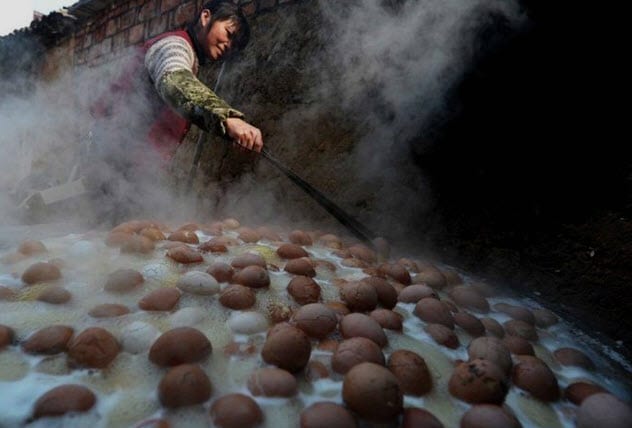
Some Chinese people believe that eggs boiled in the urine of young boys have medicinal properties. The eggs are called tong zi dan (“virgin boy eggs”). They are a thing in Dongyang in Zhejiang Province, China, where they are sold on the roadside. Consumers claim that the eggs cure or prevent a myriad of ailments.
The eggs are made by boiling regular chicken eggs in urine. It is a two-step process. The eggs are first boiled in urine. Then they are removed, cracked, and returned to the pot to continue boiling. This allows the urine to seep into the egg, altering its look and taste. While some consumers swear by its efficacy, others think it is just gross.
The egg vendors often visit schools with buckets for young schoolchildren to pee into. The vendor later recovers the pee-filled buckets to make the eggs. However, they often ask sick students not to pee in the buckets to ensure that they only end up with healthy urine and eggs.[7]
3 Cosmetics
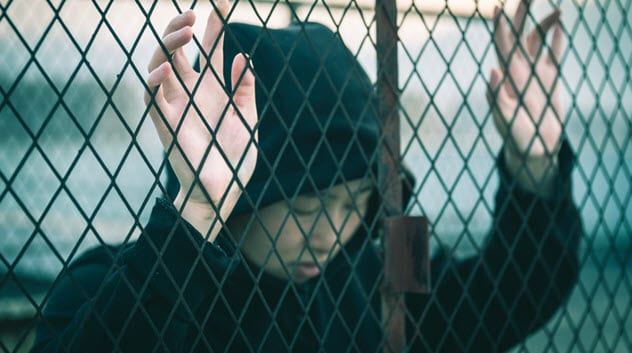
In 2005, The Guardian exposed an unnamed Chinese cosmetics company for using the skin of prisoners executed in China as an ingredient in its beauty products. The company planned to ship the cosmetics to Europe where they would be sold to unsuspecting buyers.
According to The Guardian, the company had informed prospective partners about a new beauty product created with the skin of executed prisoners. The company claimed that the product could clear wrinkles on the skin and lips. The Guardian added that the company had already shipped some of the products into the UK at the time of the report.
An unnamed agent of the company who had earlier bragged about the existence of the product later retracted his statement when The Guardian asked him for an interview. He had earlier revealed the existence of the product to an undercover researcher pretending to be a businessman.[8]
The Guardian added that skin from executed prisoners is sometimes used in beauty products sold in China. The Chinese government supposedly knows about this but looks the other way as long as the companies keep it a secret. However, there are concerns that European users could be susceptible to infections from the executed criminals.
2 Bricks
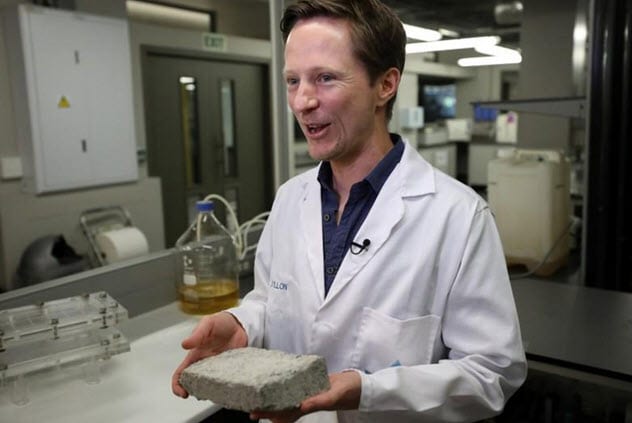
In 2018, South African scientists revealed that they had developed a process to make bricks from human urine. The process actually allows them to create any solid substance from urine, but they seem to prefer making bricks instead.
The scientists created the bricks using bacteria, sand, urine, and calcium. First, they add bacteria to sand to create an enzyme called urease. Then they add the urease to urine. The urease decomposes the urea in the urine, leaving a hard, rocky substance called calcium carbonate.
This calcium carbonate is used to make the bricks or whatever else the scientists want to create. Fertilizer is a by-product, which makes sense as urea is synthesized to manufacture fertilizer across the globe.
Urine bricks are not on the market yet because researchers are still trying to perfect the process. Besides, they are also concerned about the source of their urine. A single brick needs approximately 20 liters (5 gal) of urine to produce. The average adult will require a few weeks to pass that much urine.[9]
1 Perfume
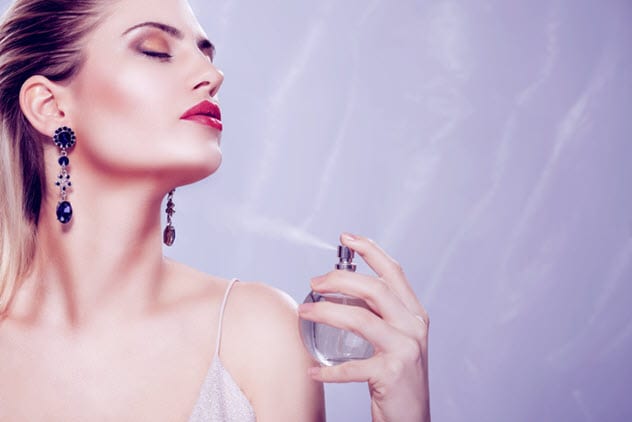
A few years ago, Katia Apalategui’s mother lost her husband. She missed her husband so much that she often smelled the pillowcase he used before his death just so she could remember him. Katia Apalategui soon got some ideas and decided to make a perfume that smelled just like a dead person.[10]
Apalategui teamed with chemist Geraldine Savary of the University of Le Havre in France to create a method of retrieving odor from the belongings of a dead person and using it to make a perfume. Apalategui has her product in the market already. Each bottle of perfume is custom-made and costs $600.
Read more fascinating facts about human body parts on Top 10 Human Body Parts Displayed In Museums and 10 Fascinating Facts And Stories Involving Body Parts.
